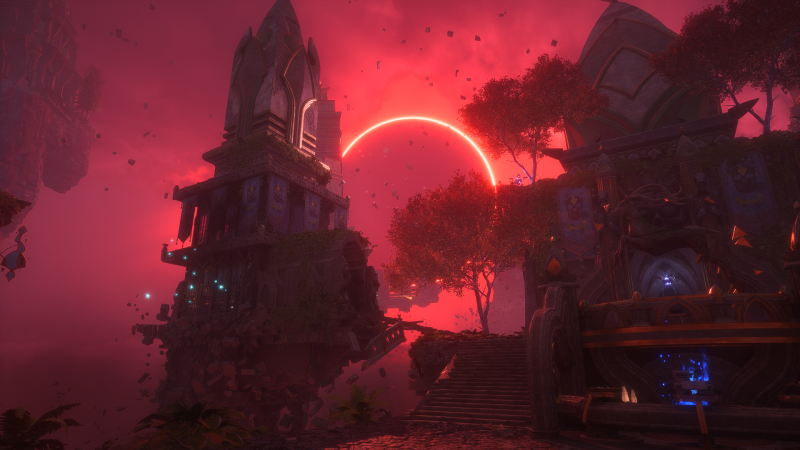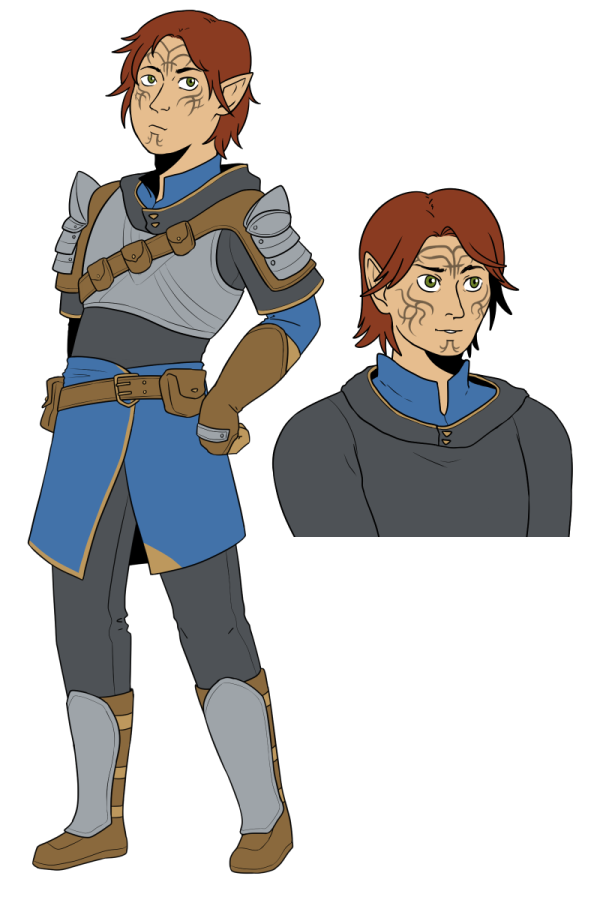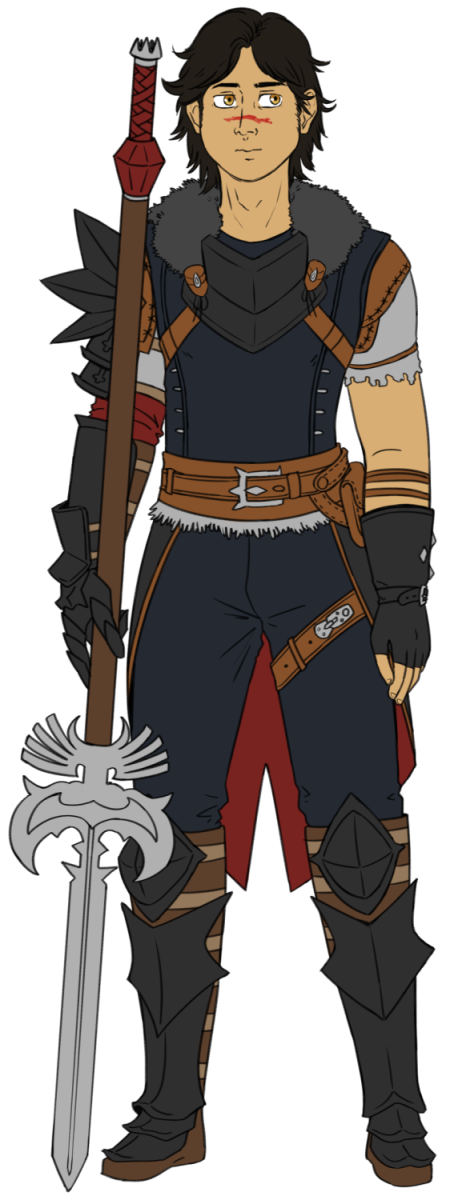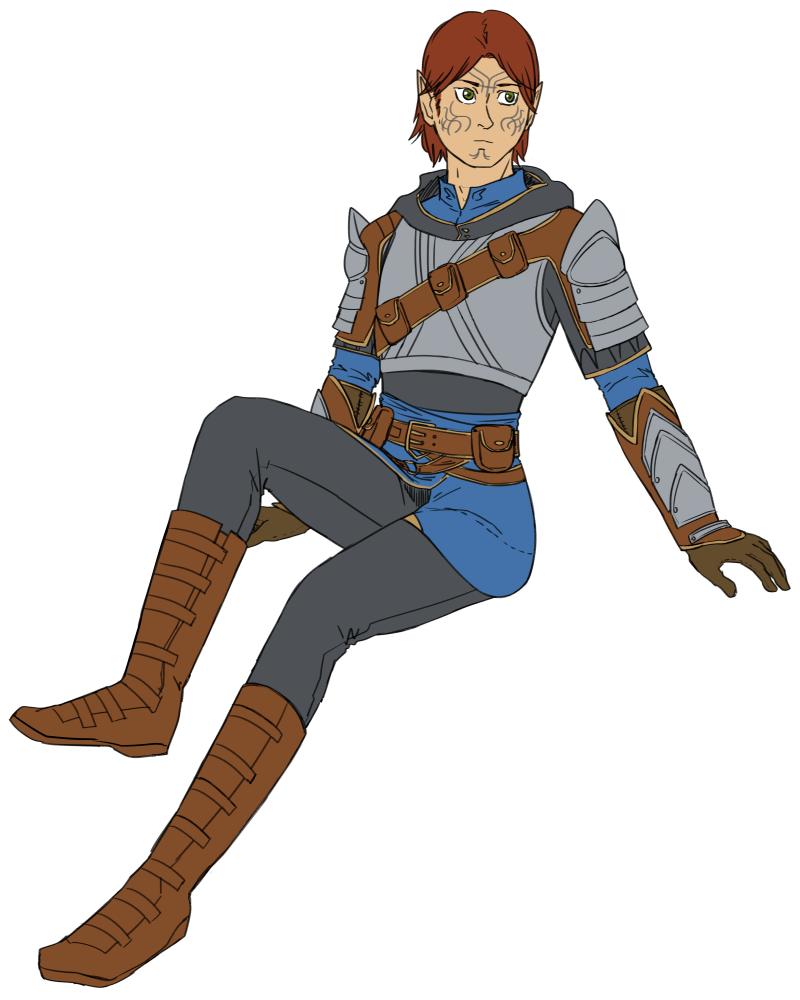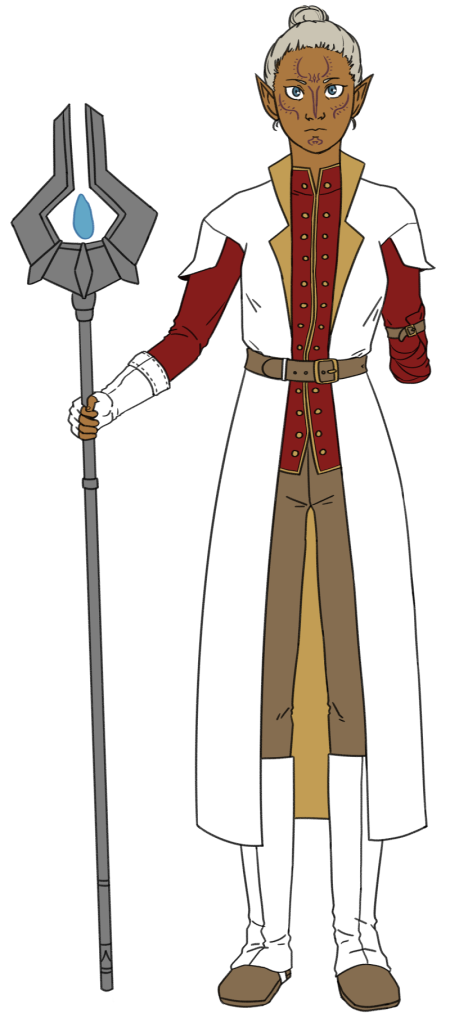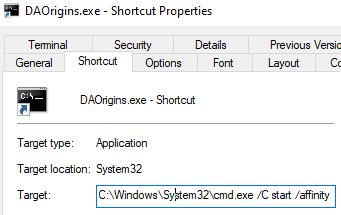Purchased through: Steam
Hours played: 81.7 (all quests complete, regions, chests, & altars 100% discovered)
After finishing my playthrough of Dragon Age: Inquisition at the end of September, I was left with a wait that was (thankfully) much less than what every other player of the Dragon Age series had experienced: one month, rather than ten years. At that point, I wasn’t sure if I wanted to play the game on release. I typically like to wait months, if not a year, for all the bugs and glitches to get ironed out. I can deal with all sorts of things, but serious performance issues aren’t one of them.
Fortunately, reviews showed that bugs weren’t a problem with this game. That sounded way too good to be true, but it was, in fact, true. I encountered zero bugs in this game. I was baffled. I’m still baffled. I don’t think that’s an experience I’ve ever had before in a video game. All the previous Bioware games I played had bugs, including the other games in the Dragon Age series.
There are spoilers discussed all through this review. Read at your own risk if you haven’t yet played the game.
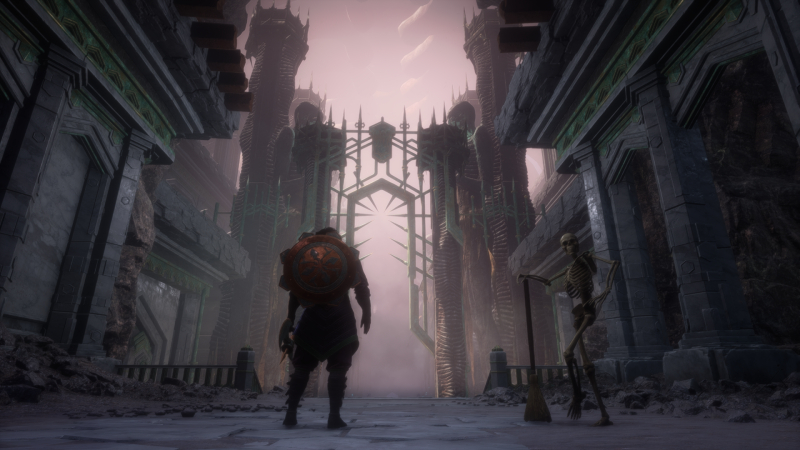
1. Combat
I had little expectations on the combat going into the game (I didn’t watch too many previews) and ended up pleasantly surprised. I like the combat in Veilguard! After the painfully slow combat of Origins, endless spawning waves of enemies in 2, and the weird floaty attacks with no weight behind them in Inquisition, this was like a breath of fresh air. Enjoyable combat in a Dragon Age game? I didn’t think it could happen.
Combat itself was pretty easy once I got used to it. I had a few deaths in the early game and then none later on, unless I was deliberately doing something reckless. By the time my character’s level was in the mid-40s, I was barely getting hit and rarely had to use healing. I never had to lower the difficulty. I probably should have increased it.
I have heard that some people lowered the difficulty to get through combat because the fights got too repetitive. I never got that annoyed with the combat, but I do see why they would do that. Enemy variety isn’t that great – it’s either Venatori, Antaam, and Darkspawn the entire game. Sometimes, you fight demons instead. Or dragons!
After fighting three dragons in a single gaming session, I realized that all dragons follow the same AI pattern. It definitely made the rest of the dragon fights much easier once I could predict what they would do, but it was also honestly kind of boring. If each dragon had its own AI, fights could have been much more interesting!
I did have some reservations on the 3-skill limit. I didn’t like how Inquisition limited each character to 8 skills, and only 3 seemed like it wouldn’t be enough. It ended up being fine. Skills never felt necessary in order to win a fight, though they were definitely a benefit to set up combos and strip an enemy’s armor/barrier faster. I played a warrior and didn’t check out the other classes, so I can’t say how necessary skills would be for a rogue or mage. I can’t imagine it would be too different.
Similarly to Origins, each class gets two different weapon sets that you can freely switch between. Warriors have sword &shield and two-handed weapons, mages have dagger & orb and staff, and rogues get dual swords and a bow & arrow. I never used the two-handed weapons much as I didn’t like how slow they were – they trade speed for greater stagger. And unfortunately, none of those two-handed weapons were greatswords. If they were in the game, that may have tempted me to actually use them more often.
Also similarly to Origins, there are combat takedowns! Seeing one in a pre-release preview video definitely pushed me toward playing a warrior in this game. There are only two unique finishers – one for when an enemy is at low HP vs. high/mid HP – but I’m happy to see them regardless. That was definitely something I missed from Origins.
I have not tried out a rogue, but it doesn’t quite seem feasible to play an archer rogue due to the limited number of (regenerating) arrows. That is a little disappointing; I would have preferred more variety in building a character’s combat setup.
2. Locations and Exploration
The map situation is much improved from Inquisition. There are much fewer of them: one main map for each region, with a few smaller maps that you visit only during missions. The main maps can be explored at any time, but there are areas that are only unlocked later in the game. There’s no risk of suddenly wandering into a high-level area.
Platforming (there is a lot of it) is a lot easier than it was in Inquisition, where it was unnecessarily difficult. There’s no slipping off a rock structure you’ve spent the past few minutes trying to climb. There’s also no getting stuck on rocks in the ground.
Exploration felt rewarding. I didn’t have to go out of my way to find goodies. There was always something in a nook or cranny, whether it was a chest, altar, valuable, or codex entry.
As for the locations themselves...
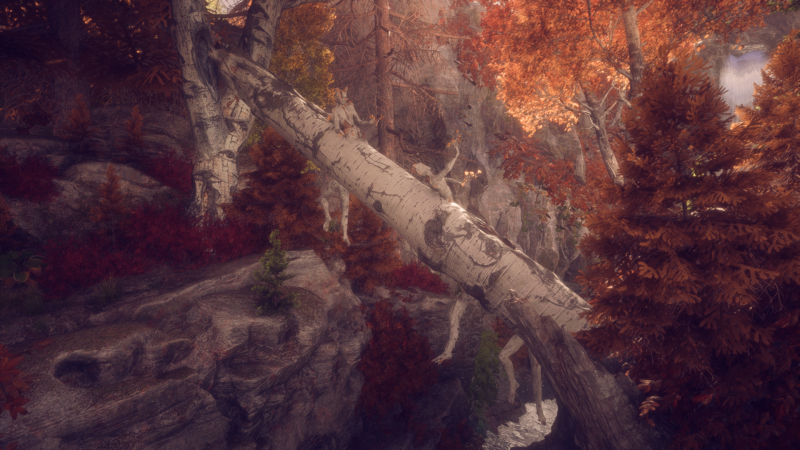
Arlathan Forest as a whole seems like it was at least partially inspired by Area X in Annihilation – in particular, the rainbow shimmer and the people merged with trees. It’s one of the most beautiful areas of the game, and it’s revisited a lot, both in main and side quests.
Dock Town is one of the two city maps, and the only part of Minrathous (and Tevinter) you get to explore. It was always raining, which caused no issue with my PC’s performance, but annoyed me greatly when I was taking screenshots. You can see other parts of Minrathous from Dock Town, but you never get to go there.
Which is a huge shame, because I’ve spent three games hearing about the excesses and depravity of the Tevinter elite, and never got to see any of it.
There should have been one map for Rivain, not two. The Rivain Beach is very, very empty. It’s the only map whose hub, the Hall of Valor, is on an entirely different map. In my opinion, the Hall of Valor isn’t large enough to justify being its own map; it could have been merged with the Beach with no issue.
Another problem with the Rivain map being empty is that there’s no real exploration of Rivaini culture like there is with the other areas. Rivain has one of the most unique cultures in all of Thedas, with the peaceful Qunari settlements and seers that allow themselves to be possessed by spirits. Very little of this was explored in the game.
The Grand Necropolis is definitely one of the most interesting areas visited. I’m reminded of the Oldest House in Control – there are a couple of Control references in the game, and the Necropolis shifting its rooms around from time to time does seem to be one of them.
The other part of Nevarra visited is Blackthorne Manor, which is Mourne Watch-adjacent in décor. I’d have liked to see other parts of Nevarra, mostly because I’m curious if the entire country is decorated with skulls and candles that produce green flames. What does Nevarra City look like? Are there skeletons all over the place like there are in the Necropolis?
There are some areas that are only visited once or twice; one of those areas is Kal-Sharok. I was very excited when I learned you could travel to Kal-Sharok. It was finally time for dwarf lore! To my disappointment, you don’t actually visit Kal-Sharok. You visit an outpost, which has a lot of NPCs and what looks like a market. The dwarf-related valuables you find throughout the game, as well as the dwarf-related decorations you can buy (in the Black Emporium, of all places) make me think that there was supposed to be a Kal-Sharok faction that got cut.
Adding to this is Harding, the only companion that doesn’t belong to an in-game faction, who visits Kal-Sharok as part of her personal questline. I have no idea how a Kal-Sharok faction would even work, given how they’ve only recently opened up to outsiders, but it would have been incredibly interesting. Stalgard had some comments on how the Kal-Sharok dwarves had to “become like Darkspawn” in order to survive in isolation – what did that entail, exactly? How is their culture different from that of Orzammar dwarves? What have they discovered in that time?
The emptiness typical of open-world games isn’t present in Veilguard. There’s only one map per region that’s always available, but you visit five separate countries in this game, with one map per country (plus Arlathan, which is part of the Tevinter Imperium, and the Crossroads). I hate to complain that there aren’t enough maps after complaining about too many maps in Inquisition, but I think I have to do it here. What we got in this game isn’t enough to really immerse yourself in any one culture, let alone several.
But that’s the issue with having the game span all of northern Thedas, instead of just one country. If the game had taken place entirely in, say, Tevinter, this problem wouldn’t exist, because you could put all of your resources into fleshing out one culture rather than having to spread yourself thin on several.
3. Factions and (Mourn Watch) Reactivity
There are six factions that Rook can belong to in Veilguard, with one party member from each faction. I picked Mourn Watch because the backstory was excessively metal, and was definitely not disappointed. Reactivity was fantastic and it was everywhere – not just with Emmrich and in the Necropolis, but with NPCs from other factions as well. There were Mourn Watch dialogue options I could pick in conversations with the Wardens and Shadow Dragons. Anything that had to do with death, funeral customs, and the undead had a Mourn Watch option to pick.
Despite not being that related to the main story – the Wardens and Veil Jumpers definitely have more plot relevance – I’d definitely have to recommend the Mourn Watch faction if you’re interested in reactivity and learning more about Nevarran culture and everything related to the Grand Necropolis. Mourn Watch Rook definitely feels like a professional; they’re good at their job and don’t need Emmrich to explain things to them.
That was the only faction I’ve played, so I can’t speak to reactivity in the others. I did, however, notice that some of the other factions weren’t utilized as well as they could have been – namely, the Lords of Fortune. There is no Lord of Fortune décor you can buy from the faction vendor. They’re not even the main focus of their associated region. You end up learning more about Warden history than Lord of Fortune history in Rivain, which is actually very weird. They’re an afterthought in their own home.
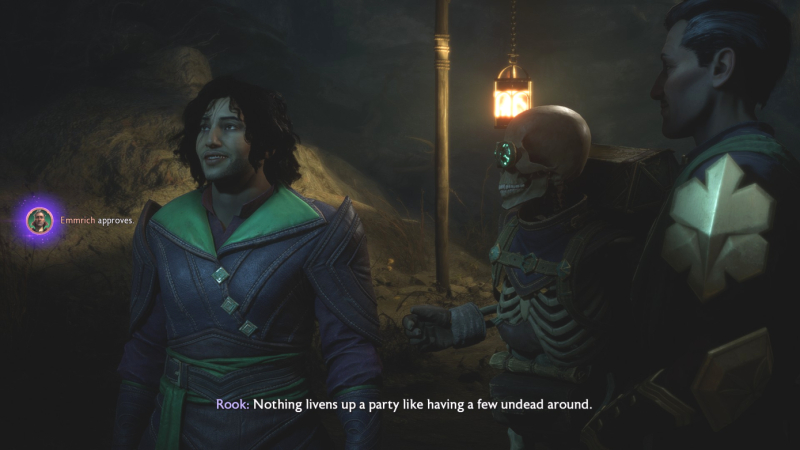
4. The Plot, the Acts, and the Quests
After finishing Inquisition, I assumed that the plot of this game would be stopping Solas from tearing down the Veil and causing mass death. That is actually what Rook & company are trying to do that the beginning of the game, but things go wrong and the remaining two Evanuris are released. They become the main antagonists of the game, while Solas takes a backseat in a Fade prison of his own construction.
I do think that stopping Solas from tearing down the Veil – and dealing with the elves that sided with him, who get zero mention in this game – would have been a stronger story, but... I didn’t care for Solas in Inquisition. I thought he was condescending. I doubt I’d be able to tolerate a game focused primarily on him. Veilguard, thankfully, was not focused on Solas. In addition, I actually liked Solas’s character here! That’s something I definitely was not expecting.
Act 1 is the slowest-paced of all the acts. I was actually going to write my First Impressions review after I’d recruited everyone, but it took me a little more than 10 hours just to recruit Lucanis. It took another ten hours to recruit Emmrich and Taash.
There are some optional fights (the blight Champions) that become available in Act 1 that are probably smarter to do in Act 2 once you’ve leveled up a bit and become used to the combat. I did those fights in Act 1. This definitely contributed to me thinking that the optional content was front-loaded into Act 1.
The Siege of Weisshaupt is definitely the high point of Act 1, and contains the best boss fight of the game. I genuinely don’t think anything else can compare to Razikale.
Act 2 meanders a little. It’s primarily comprised of companion quests, which I prioritized over main quests. As a result, there were several main quests at the end of the act that I had to do one after another, with nothing I between. The second part of act 2 felt strangely paced because of that.
After hearing about the Butcher of Treviso the entire game, he shows up toward the end of act 2 in one quest only. He’s an incredibly underutilized character! The one conversation you have with him is fascinating. He absolutely should have been a reoccurring NPC like the Arishok in Dragon Age 2.
The Act 2 Treviso quest chain felt more disjointed than the quests in Minrathous. I know that the quests in Minrathous and Treviso change depending on which city you choose to save. I saved Treviso, so I’m wondering if the Minrathous quest chain has a better flow to it.
I wish that companions would have made their own decisions at the end of their own questlines instead of the player picking what happens. I know why this was done (so players have more control over what happens in their own game), but I think it’s narratively weaker. I’d prefer if outcomes at the end of questlines were determined by actions during the game rather than a choice at the absolute last minute. That would make me feel more like my decisions actually matter, even if the outcome of those decisions isn’t ideal or something I like.
And this does actually happen a few times in the game, so it isn’t like Bioware hasn’t thought of doing it. Refusing to free the mayor of D’Meta’s Crossing leads him to getting blighted – he comes back as a Darkspawn to fight you in Arlathan Forest later. And punching out the First Warden means that when he shows up later in the Cauldron, he’s too out of it to give you any advice.
All of Act 3 feels appropriately paced. The leadup to the final boss, as well as the final boss himself (Elgar’nan) was done so much better than in Inquisition. I’d say that the final mission of Act 3 is more comparable to Mass Effect 2’s suicide mission. It’s much more extensive than the suicide mission, but the basics are the same. You assign different party members to different tasks, and if you pick wrong, they can die. It’s easier than it was in Mass Effect 2; it’s pretty obvious which party members are the correct options for each task.
5. Miscellaneous Things
There are awkward scene transitions through the entire game, like things got cut and never replaced. Some things that should have been shown on screen were straight up skipped (how did we get down into the Ossuary, for instance?).
I largely didn’t care for the music, but very little of the music in the series has really grabbed or stood out to me, so there’s no significant change there. I do think the background music in the Hossberg Wetlands did a good job of making the place feel unsettling. It provoked a similar feeling in me to the Korcari Wilds BGM in Origins.
I would have liked quicksaving in this game. There are plenty of autosaves, and you can pause and save just about anywhere, but I still want the opportunity to quicksave to my heart’s content.
If Bioware plans on more QOL updates, then I’d like to see something like the Golden Nug or New Game Plus. There’s no reason in particular to keep cosmetic appearances permanently unlocked. I’m not looking forward to re-collecting all those appearances in new playthroughs.
I wish there were outfits that properly showed off body tattoos. I ended up wearing the Antivan Crow casual wear most of the time instead of the Mourn Watch outfit solely because it showed off some of my Rook’s tattoos.
I’m kinda disappointed that the other races just look like humans now, but with horns or pointy ears. I’m aware that this is how elves and Qunari looked in Origins, but...I really liked the art direction for those races in Dragon Age 2! It was so unique! I definitely know why Bioware did it. They’d have to massively limit the character creator for elves and Qunari if they wanted to keep a certain look, and I can’t imagine any player would like that...which is probably why the game where you’re restricted to playing a human has these unique designs.
6. The End
Overall, I enjoyed this game. There’s plenty about it I liked and plenty I didn’t, just like with the other Dragon Age games. I wouldn’t say it’s my favorite of the series (that spot will probably always be held by DA2), but it definitely ranks higher than Inquisition – and that was really all I wanted from this game: something I liked better than Inquisition.
Will I play this game again? Of course, but I’ll definitely need a break after marathoning the entire series during the second half of this year.
